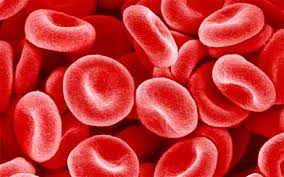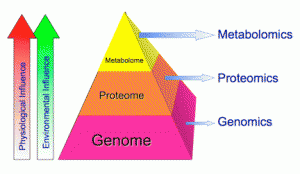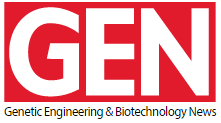Promise of Gene Therapy Being Realized?
Gene therapy has finally made it over the hump. After decades of research and some devastating setbacks, major technical hurdles have been overcome, opening up the long-anticipated promise of this field. A new approval has buoyed interest, pipelines are bubbling with new candidates and big investments are being made.
News about promising gene therapies in the clinic is sprouting up all the time. Scientific challenges remain considerable, though, and pricing will clearly be one of the biggest hurdles for gene therapies going forward.
“Today’s challenges are all around building a viable business model”
— Geoff MacKay, President and CEO of AvroBio
For the complete article at BioPharma Dive, click here.








Recent Comments